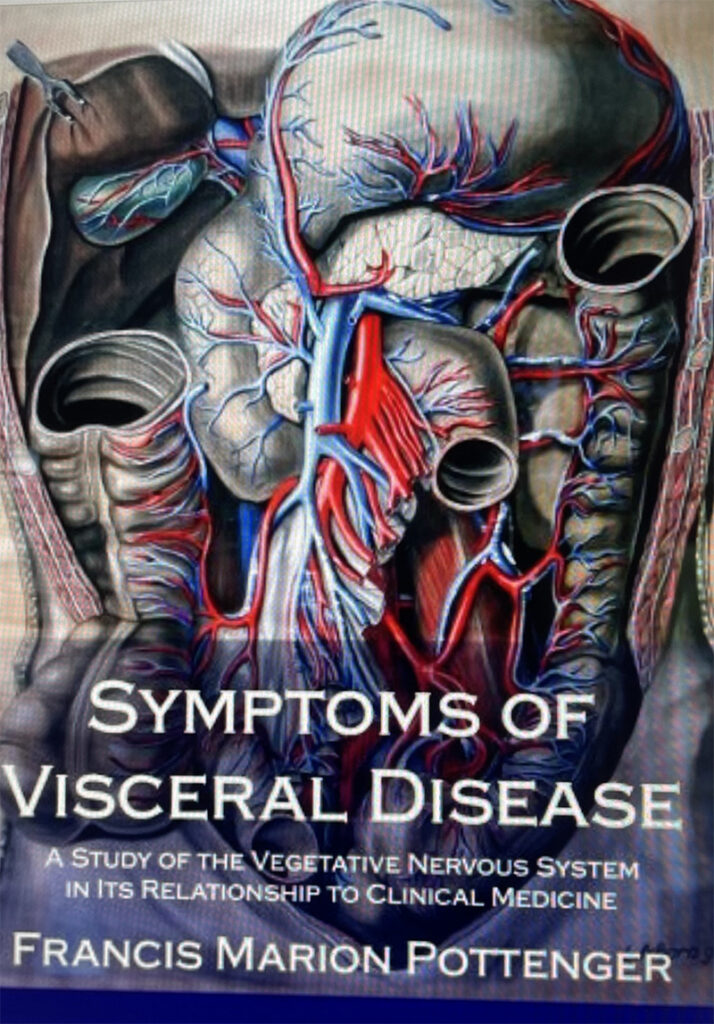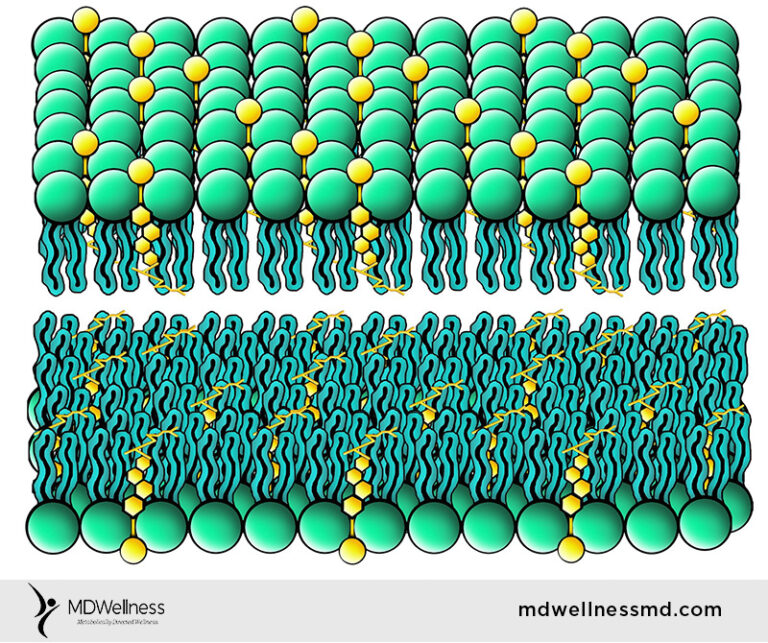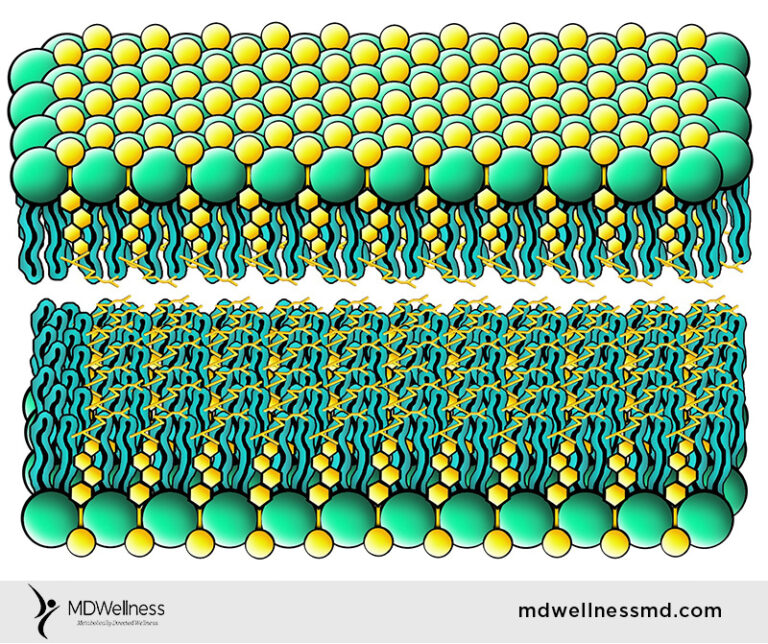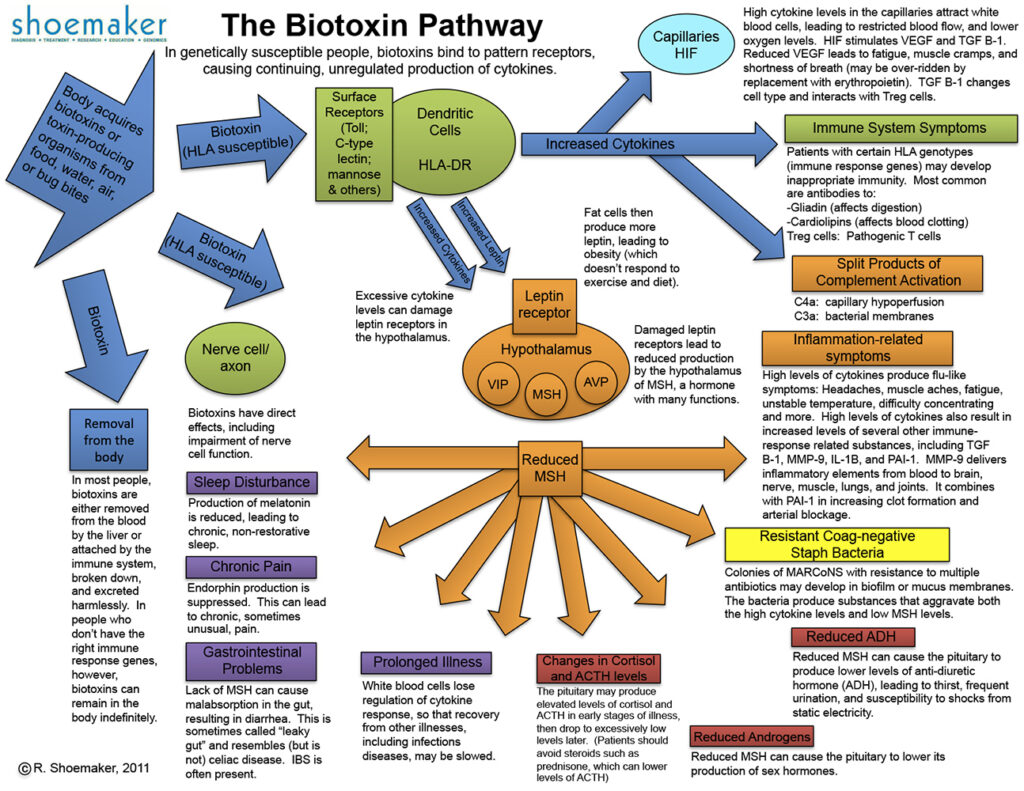Headaches, a common yet complex condition, affect countless individuals worldwide. Understanding the nature of headaches is the first step in effective management. This section explores various headache patterns, emphasizing the importance of accurate diagnosis in determining the most suitable treatment strategy. From tension headaches to migraines, each type presents unique characteristics and requires a tailored approach. Conventional treatments typically focus on symptom relief, employing a range of medications to alleviate the discomfort associated with these diverse headache types.
Dr. Michael E. Rothman, serving as the Medical Director of MD Wellness, brings a revolutionary approach to understanding and treating headaches. His expertise in this field extends beyond traditional methods, offering a more in-depth analysis of headache causes and effective management techniques. Dr. Rothman’s innovative strategies focus on identifying and addressing the underlying metabolic imbalances that often lead to various types of headaches. By exploring beyond conventional treatments, he paves the way for more personalized and effective headache relief solutions.
















To learn more about MD Wellness contact us today by giving us a call at (732) 268-7663, emailing us at [email protected] or by requesting an appointment online.
Disclaimer: The entire contents of this website are based upon the opinions and experiences of Dr. Rothman, unless otherwise noted. Individual articles are based upon the opinions of the respective author, who retains copyright as marked. The information provided on this website is not intended to replace a one-on-one relationship with a qualified health care professional and is not intended as medical advice. It is intended as a sharing of knowledge and information from the research and experience of Dr. Rothman and his community. Dr. Rothman encourages you to make your own health care decisions based upon your research and in partnership with a qualified health care professional. If you are pregnant, nursing, taking medication, or have a medical condition, consult your health care professional before using products based on this conte
© 2024 MD WELLNESS. All Rights Reserved. | Terms & Conditions | Our Disclaimer and Privacy Policy | Shipping & Return Policy
Website Created and Managed by M&A consulting
Schedule a Free Consult
Complete this quick form to schedule a
non-obligation 15 minutes phone consultation.